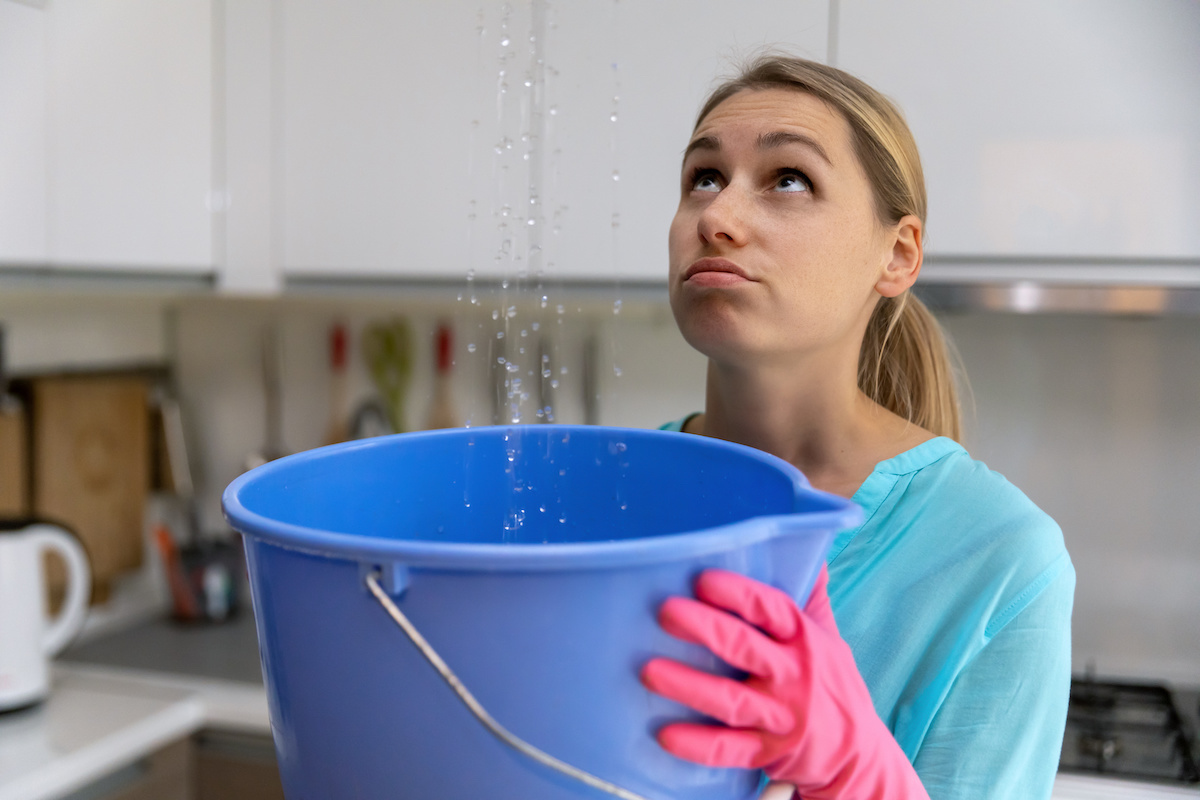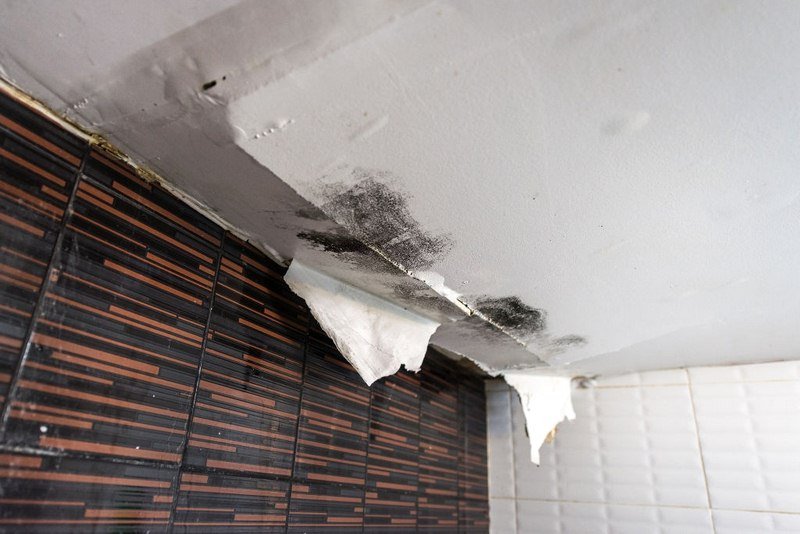This post below in relation to How Fast Water Damage Can Ruin Your Home is definitely intriguing. Don't miss it.

Leaks not only trigger waste of water but can also trigger unneeded damage to your house as well as promote unwanted natural growth. Regrettably, water leaks might go undetected because most of the pipework in our residence is concealed. By recognizing as well as looking for daily situations that create leakages, you can safeguard your home from future leakages and also unneeded damage. Today, we will consider six leak causes that might be triggering your pipes to drip.
Instant temperature level modifications.
Extreme temperature level changes in our pipelines can create them to expand and get suddenly. This development and also tightening might trigger fractures in the pipes, particularly if the temperature are below freezing. If you kept an eye on exactly how your plumbing works, it would certainly be best. The presence of the previously stated conditions regularly indicates a high threat.
Rusty water systems
As time passes by, your plumbing system ages and corrosion such as corrosion might start gnawing the pipes. This could be the source of staining or bending on your pipes. This asks for an assessment with your plumber immediately. Think about changing the pipes given that they are at a higher risk of rust than the more recent designs if our plumbing system is old.
Defective Pipe Joints
Pipe joints can deteriorate over time, resulting in water leakages. If you have loud pipes that make ticking or banging noises, specifically when the warm water is turned on, your pipe joints are probably under a whole lot of stress.
Trespassing roots
Most water leakages begin outside your house instead of inside it. If you notice a sudden decline in water stress, state in your tap, require time to head out and also examine your backyard. You may discover damp patches or sinkholes in your yard, which may imply that tree roots are invading water lines triggering water to leak out. You can have your plumber check for breach, particularly if you have trees or shrubs near your building.
Poor Water Connectors
Sometimes, a leak can be brought on by loose tubes as well as pipelines that supply your home appliances. Generally, changing is what triggers the loose water Links. You could find in the case of a washing maker, a hose might spring a leak because of shaking throughout the spin cycle. In case of a water links leak, you might see water running straight from the supply line or puddles around your devices.
Blocked Drains
Obstructed drains could be frustrating and inconveniencing, but they can in some cases end up creating an overflow resulting in burst pipelines. Maintain removing any kind of materials that may decrease your drains that can obstruct them to avoid such troubles.
All the above are reasons for leakages however not all water leakages arise from plumbing leaks; some leaks may originate from roof covering leakages. All leaks should be fixed immediately to prevent water damages.
Leaks not only trigger waste of water yet can also cause unnecessary damage to your house and also advertise unwanted organic growth. By recognizing as well as looking for day-to-day scenarios that create leaks, you can protect your residence from future leaks and unnecessary damage. Today, we will certainly look at six leakage causes that may be triggering your pipelines to drip.
At times, a leak can be caused by loose hoses and also pipelines that provide your devices. In instance of a water links leakage, you may discover water running straight from the supply line or pools around your devices.
How To Check For Water Leak In Your Home
How To Check for Leaks
The average household's leaks can account for nearly 10,000 gallons of water wasted every year and ten percent of homes have leaks that waste 90 gallons or more per day. Common types of leaks found in the home are worn toilet flappers, dripping faucets, and other leaking valves. These types of leaks are often easy to fix, requiring only a few tools and hardware that can pay for themselves in water savings. Fixing easily corrected household water leaks can save homeowners about 10 percent on their water bills.
To check for leaks in your home, you first need to determine whether you're wasting water and then identify the source of the leak. Here are some tips for finding leaks:
Take a look at your water usage during a colder month, such as January or February. If a family of four exceeds 12,000 gallons per month, there are serious leaks.
Check your water meter before and after a two-hour period when no water is being used. If the meter changes at all, you probably have a leak.
Identify toilet leaks by placing a drop of food coloring in the toilet tank. If any color shows up in the bowl after 10 minutes, you have a leak. (Be sure to flush immediately after the experiment to avoid staining the tank.)
Examine faucet gaskets and pipe fittings for any water on the outside of the pipe to check for surface leaks.
Undetected water leaks can happen without the home or business owner even realizing. If you suspect a water leak, but not able to find the source. It is time to contact a professional water leak detection service, The Leak Doctor.
How To Find a Water Leak In Your Home
https://www.leakdoctor.com/blog/How-To-Check-For-Water-Leak-In-Your-Home_AE197.html

We had been made aware of that editorial on How to Find Water Leaks from someone on our other site. In case you enjoyed our page if you please be sure to pass it around. Thanks for your time spent reading it.
Source